Table of Content
Italian marble stands as a beacon of beauty and sophistication, globally acclaimed for its elegance and unparalleled quality. In this comprehensive guide, we delve into the various types of Italian marble, exploring their costs and applications in interior design. From classic Carrara to luxurious Calacatta, the versatility of Italian marble is unveiled, offering a range of options to suit diverse aesthetic preferences. Additionally, we provide essential maintenance tips to ensure the enduring durability and pristine appearance of your chosen Italian marble, making it a timeless investment in interior refinement.
The mere mention of marble conjures up images of timeless beauty, epitomized by iconic structures like the Taj Mahal. Over two millennia, humans have embraced this natural stone, and its widespread use continues across many cultures. Italian marble, in particular, stands as one of the most sought-after high-end building materials. In contemporary design, it finds applications in various forms, gracing spaces such as kitchen countertops, flooring, and wall cladding in establishments ranging from hotels and luxury homes to office lobbies. The enduring allure of Italian marble persists, seamlessly blending tradition with modern elegance in architectural and design aesthetics.
What is an Italian marble?
Italian marble, specifically referring to marble extracted from quarries in Italy, is renowned globally for its distinctive veining patterns and a diverse spectrum of colors. Highly coveted, it is a preferred choice in prestigious architectural and design ventures, finding applications in flooring, countertops, fireplaces, decorative accents, and ornamental features.
Being a metamorphic rock, Italian marble shares common characteristics with other marbles but stands out due to its crystalline texture of varying thickness. Primarily employed in construction and sculpture, its high sheen adds to its allure. The formation of Italian marble spans hundreds of years, involving cycles of transformation under high pressure and temperature, resulting in an internal rigid structure that contributes to its enduring appeal.

Italian marble: Popular types in India
Here are some of the popular Italian marbles used in India:
Carrara
Carrara marble is famous for its varying shades of white, light grey, and blue-grey, offering an elegant and timeless beauty. Additionally, this type is an excellent choice for bathroom vanities, flooring, and sculptures.
Botticino
Botticino is known for its golden-toned base, which radiates warmth. It is frequently applied for flooring, wall panels, and staircase cladding.
Calacatta
Calacatta offers white or beige tones and intricate veining patterns, making it a popular choice for interior applications, including countertops, backsplashes (an extension of a countertop), and fireplace surrounds, among others.
Statuario
Statuario features a radiant white hue and grey veining, creating a sense of purity. It finds application in sculptures, flooring, and wall cladding.
Italian marble: Prices in the top 8 cities of India
| City | Price (Per sq ft) |
|---|---|
| Mumbai | Rs 160 and onwards |
| Delhi | Rs 140 and onwards |
| Bangalore | Rs 140 and onwards |
| Chennai | Rs 170 and onwards |
| Kolkata | Rs 150 and onwards |
| Hyderabad | Rs 170 and onwards |
| Pune | Rs 160 and onwards |
| Ahmedabad | Rs 180 and onwards |
Italian vs Indian marble: Which one is better for you?
The term ‘Italian marble’ is interchangeably used with other varieties of marble. However, there are differences in thickness, application, and, most importantly, the place of its origin.
talian marble often commands a higher price due to its reputation and demand in the global market. Indian marble, on the other hand, offers a more affordable alternative yet provides a wide range of colours and patterns to choose from. But, the decision depends on individual preferences, budget, and the desired aesthetic outcome.
Also Read: Home Flooring Tiles: Types, Top Companies, and Price Comparisons
Let us understand the differences between Italian and Indian marble:
| Italian marble | Indian marble |
|---|
| Origin | Italian marble is quarried from Apuan Alps in Northern Italy. The Carrara marble mines are popular for creamy white marble. | Indian marble is mined from quarries in Gujarat, Andhra Pradesh, and Rajasthan. |
| Lustre | Italian marble has a soft lustre, giving it a crystal-like look after polishing. | Indian marble has a mild lustre and a more rigid texture. |
| Thickness | Italian marble is available in thicknesses of 18-20 mm. | Indian marble can go up to 30mm in thickness. |
| Treatment | Since Italian marble is much softer, it requires reinforcement. As a result, Italian marble needs to be treated with nylon sheets, epoxy, and resins. | As Indian marble is naturally harder, it does not require any chemical treatment to increase hardness. |
| Polish | Italian marble is available in one-side polish due to the reinforcement treatment. | Indian marble is available in both-side polished or unpolished specifications. |
| Application | Due to its delicate properties, Italian marble is generally used in decorative applications such as accent walls and mantelpieces. | Due to its hardness, Indian marble can be used in applications such as countertops, bathroom walls, and table tops. |
| Availability | Available in slabs. | Available in slabs, blocks, and tiles. |
| Colours | The commonly available shades of Italian marble are white, light grey, brown, and golden. | It comes in a wider spectrum of colours. This includes white, yellow, blue, red, golden, and black. |
Italian marble: Applications in interior design
Italian marble is renowned for various interior applications. Here are some of the popular use:
- Flooring: Italian marble flooring adds a touch of elegance to both residential and commercial spaces. It can be used in foyers, living areas, bedrooms, and bathrooms to create visually inspiring surfaces
- Countertops: The beauty and durability of Italian marble make it a popular choice for kitchen countertops. Its heat-resistance nature and ability to withstand heavy use after the reinforcement process make it ideal for culinary spaces
- Wall cladding: Italian marble can be used to cover entire walls or create accent features, adding depth and texture to interior spaces. It can be applied in living rooms, dining areas, or as a bedroom statement wall
- Bathroom design: Italian marble brings a sense of luxury to bathrooms when applied for flooring, vanity tops, shower walls, and bathtub surround. Its natural resistance to water and humidity makes it a suitable choice.
Italian marble: Maintenance tips
When caring for Italian marble, it's crucial to steer clear of vigorous scrubbing, as it has the potential to harm the stone. To ensure the natural lifespan and resistance of both Italian and Indian marble, the use of sealers is highly recommended. These sealers create a protective barrier, effectively preventing stains and preserving the innate beauty of the marble. To sustain the luster of Italian marble, consider the following maintenance tips:




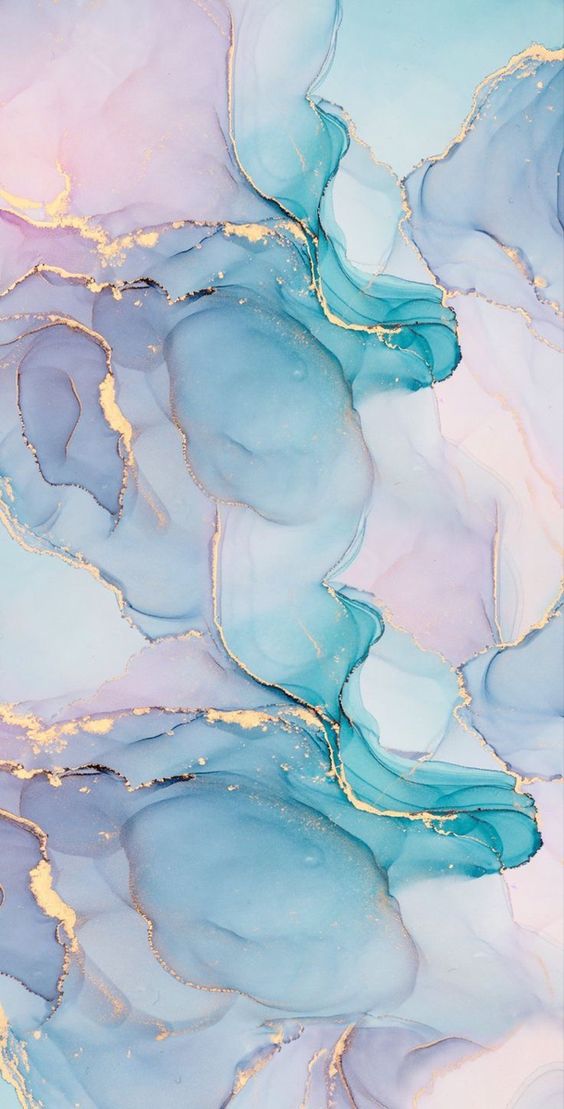
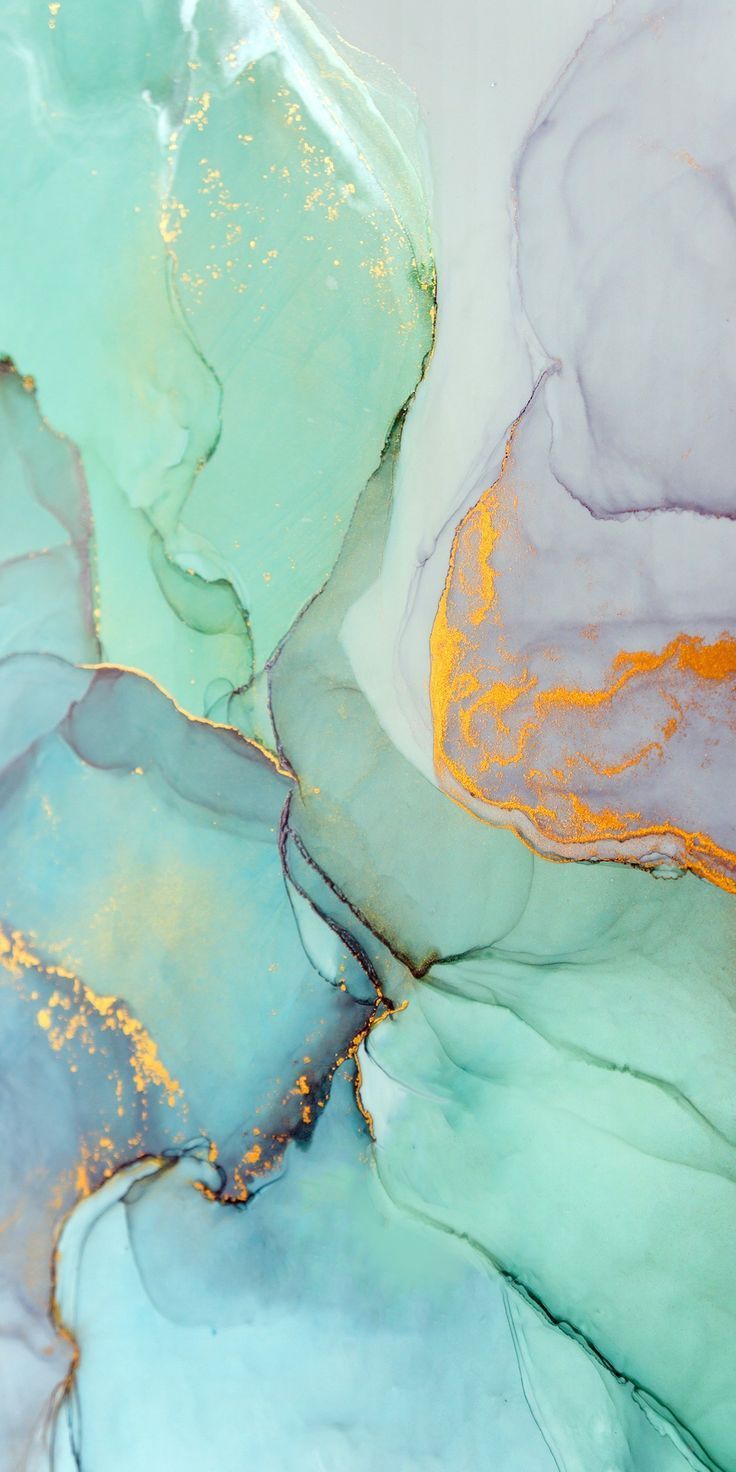

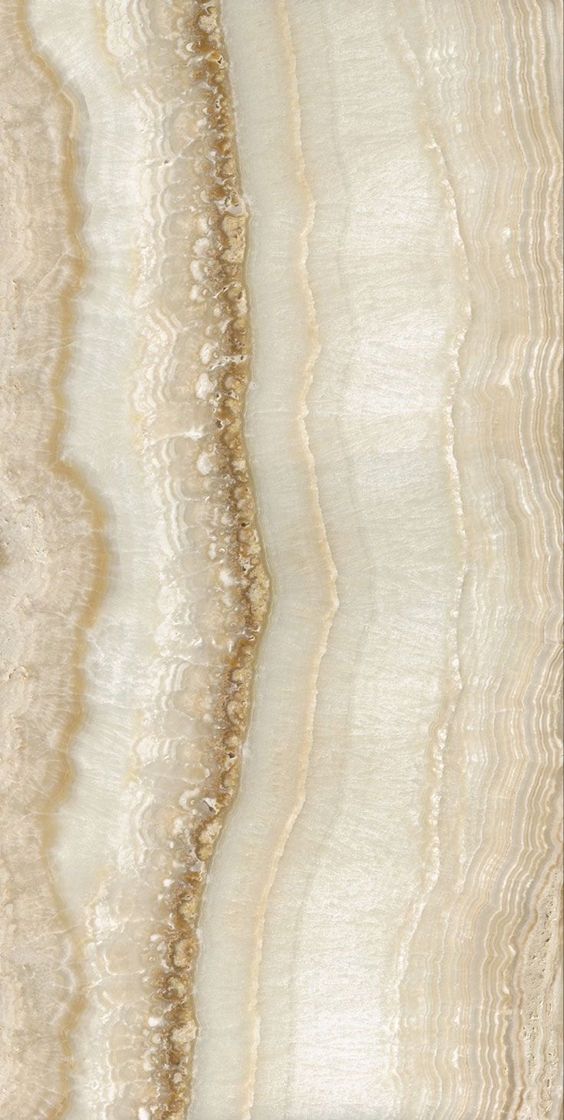



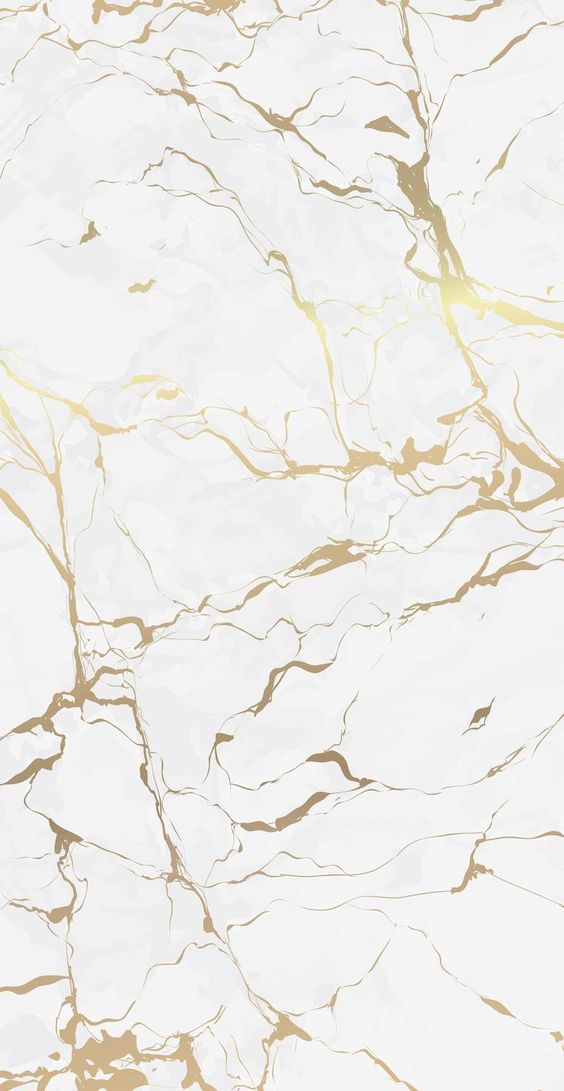


_1700026404.jpg)


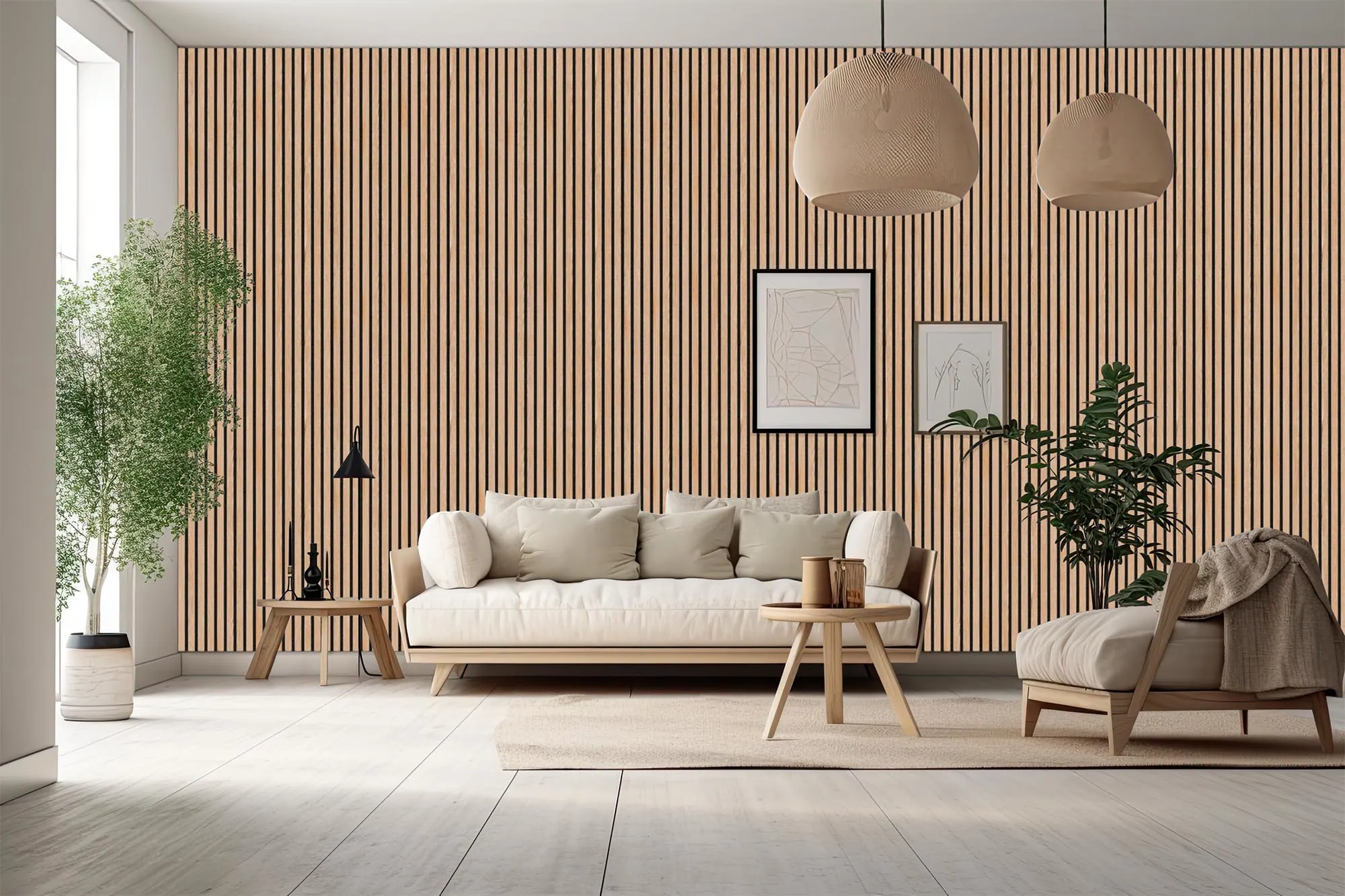


_1767769068.webp)





Ans 1. The Statuario is a type of Italian marble that comes with a price range of about Rs 500 to Rs 3,000 per sq ft.
Ans 2. The Statuario marble is famous for its white sheen and compact structure. Moreover, the limited supply and high demand make it one of the costliest marbles available.
Ans 3. Italian marble is priced higher than its counterparts like Indian marble. Furthermore, it is available only from a single geographic region.
Ans 4. Indian marble offers a more rigid structure and is available in slabs and blocks, allowing for freedom that is more creative during the building process.
Ans 5. Due to its more rigid structure and resistance to damage, Indian marble is a better choice for kitchen countertop applications.
Ans 6. Italian marble varieties are widely appreciated for their high lustre and the ability to impart visual appeal to the area where they are used. They are quarried in Italy and are now easily available in India as well. These marbles are usually available in slabs.
Ans 7. Disadvantages of MarbleIf proper precautions are not taken the marble becomes yellowish in color. Italian marble is usually very soft and prone to cracks. Proper resins have to be used to make the surface strong and solid and avoid further cracks.